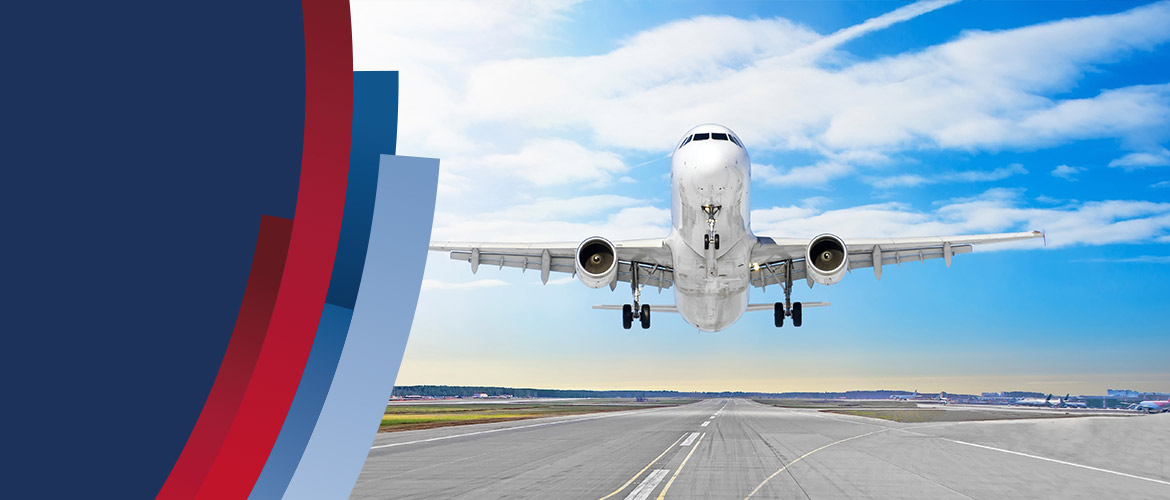Today it is essential for companies to be able to make urgent shipments that arrive in a few days to another continent. Airfreight is important for this purpose and is the most appropriate for sending products that require fast and agile delivery.
Originally designed to transport passengers, the aeroplane has become one of the most widely used means of commercial use. Every year, the use of cargo aircraft for the transport of goods is growing thanks to the design of air containers with more capacity, increased efficiency and lower fuel consumption. This has made the use of air freights increasingly cost-effective.
In many cases, cargo travels mixed on aircraft, carrying both passengers and goods. However, cargo aircraft have certain features that enhance their functionality. Their wider fuselage increases capacity and allows the entry of bulky cargo such as cars and trucks. They also have large doors to facilitate loading, unloading and the optimal placement of cargo.
Airfreight is now used by most industrial sectors and distribution chains because its speed and extensive connections make it an ideal means of transport for many import and export operations such as:
- High-value goods: luxury goods where delivery time and safety are a priority.
- Urgent goods: goods that can’t wait because of deterioration or because their delay generates a higher cost. These may be perishable food, pharmaceuticals, humanitarian aid, commercial samples, documents among other things…
Advantages of air freight
- Speed: It is the fastest means of transportation that exists and, therefore, it is especially recommended when short delivery times are required. If sea transport is counted in days or weeks, air transport is counted in hours.
- Availability: There are thousands of flights a day. Their frequency facilitates shipments at any time and to any place.
- No geographical barriers. Making it possible to travel without limitations, always choosing the shortest and most direct route across seas or mountains.
- Wide Coverage: it is even possible to reach distant places or areas that are not easily accessible by other means of transport.
- Reliability: it has the lowest percentage of cargo losses or breakage. For this reason, insurances for goods in air transport tend to be lower than in land or sea.
- Less bureaucratic logistics and customs formalities. They are also simpler than, for example, sea freight.
Disadvantages of air freights
- It is the most expensive mean of transportation. This makes it unsuitable for the transport of low-cost goods. However, the economic cost is justified by its speed and delivery time in comparison to other means of transport. In addition, prices are progressively decreasing.
- It is conditioned by the weather, which can cause cancellations or delays of scheduled flights.
- It has limited cargo capacity. In commercial aircrafts, the supply of cargo space is dependent on the passenger demand. Increasingly more and more cargo aircrafts are becoming available with more storage space, but still not enough to be able to compete with other means of freight transport.
- There are legal security restrictions. It is not possible to transport by air petroleum, oils, hazardous products…
- Environmental impact. Due to the growing importance of a company’s environmental impact, it’s important to consider the carbon footprint of its shipping operations. You can choose to ship by sea if you run an environmentally responsible company that is recognized for its social responsibility. Consider air freight if your business strategy does not prioritize environmental impact.
If you have any doubts, Naotum Logistics offers you safe and cost-effective Freight management services adapted to your needs.
